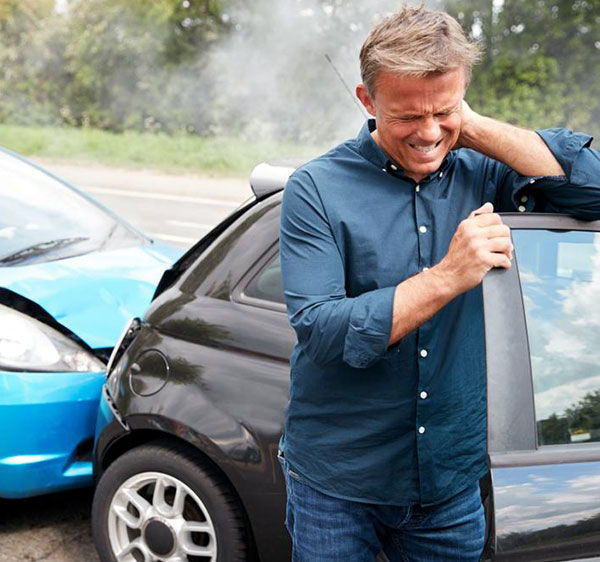Whiplash


Most people who experience whiplash get it because they’ve been sitting in a vehicle and gotten hit by another vehicle. When this unexpected accident occurs, their body moves in such a way that the head and/or neck is jolted forward and backward awkwardly and forcefully. It can’t be stopped, and days or weeks later the person who gets hit often experiences whiplash pain.
If and when you’re involved in a car crash, don’t wait to visit our office for a chiropractic exam. Spinal adjustments can help ease the pain of whiplash and other accident-related injuries.
